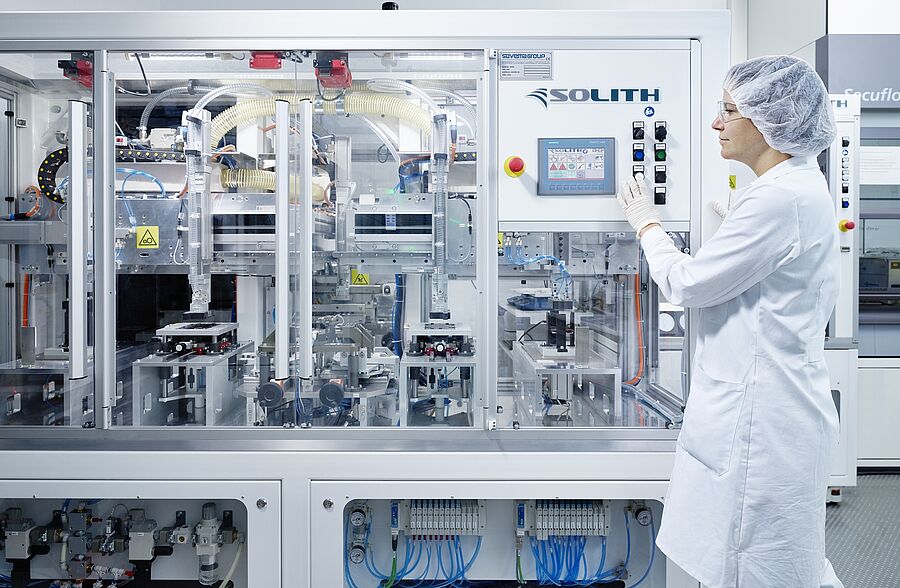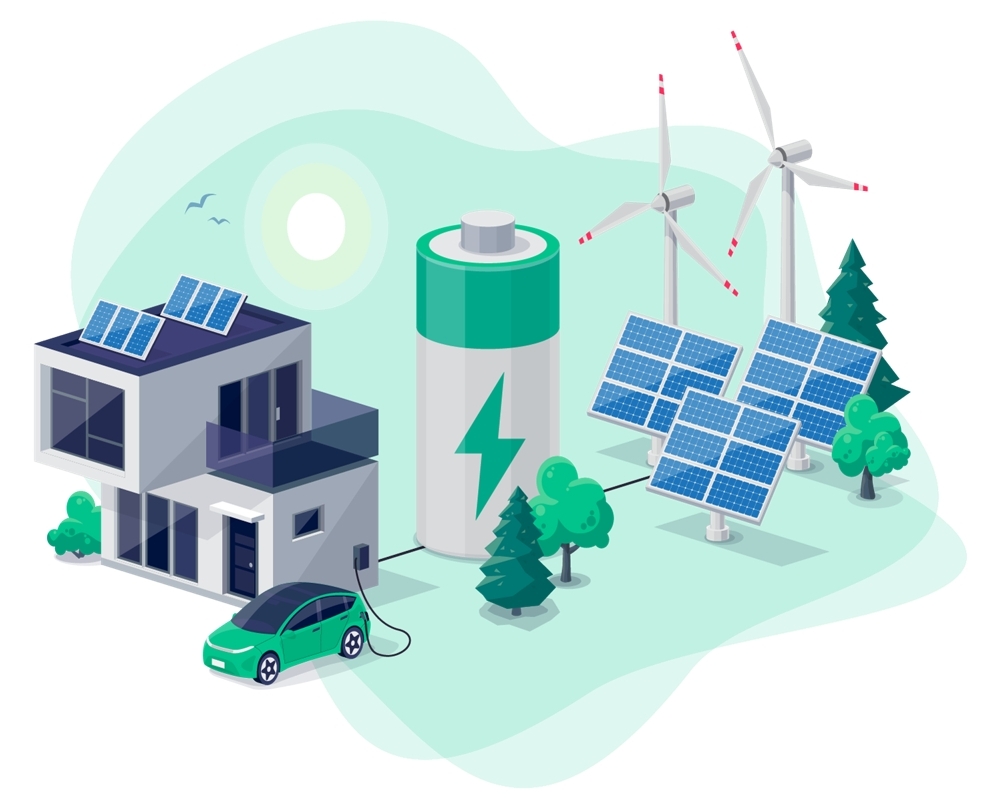A second life for electric vehicle batteries
The electric vehicle industry faces the challenge of dealing effectively with the increasing number of batteries that are reaching the end of their life in the vehicle but still have a significant residual capacity of around 70-80%. This residual capacity can be put to good use for other storage applications that are not specifically related to electric vehicles. This can facilitate the transition to the energy transition and promote the share of renewable energies in the electricity grids. Battery2Life was launched to address this issue.
The EU project Battery2Life, funded within the framework of HORIZON EUROPE, aims to facilitate the transition of electric vehicle batteries into their second life phase. The implementation of advanced battery management systems and optimized system designs will enable the reliable reconfiguration of used batteries and thus drive innovation in the European battery industry.
The Battery2Life consortium will drive the introduction of two new battery system design frameworks to meet upcoming market needs. The first framework focuses on restructuring existing battery designs to make these systems efficient and smart for Second Life applications. The second framework, on the other hand, introduces completely new design principles for the first and second use periods of the battery. These innovative design principles will be tested and evaluated in two promising and sustainable application scenarios: domestic storage applications in Austria and grid-wide storage applications in Greece. The results obtained will be used to analyse the impact of the project on the environment and the European economy and to prepare recommendations for the technical standardization committees.
Within this project, AIT's focus is on the development of a novel battery management system based on circular economy principles to meet both first and second life requirements. This will be achieved by implementing wireless communication between the master battery management system and the module management system, improving the disassembly and reassembly process for second-life applications. In addition, AIT integrates strain and pressure sensors into existing battery modules to enable improved estimation of battery condition and increase safety during second-life use.
Elisabeth Dörr, AIT project manager of Battery2Life, emphasizes: "The results of Battery2Life will help to support the transition to green energy and have a positive impact on the European economy and the environment. Battery2Life is a significant step towards the sustainable use of electric vehicle batteries and contributes to the promotion of a circular economy."
The Battery2Life project is funded by the European Union (G.A 101137615).





